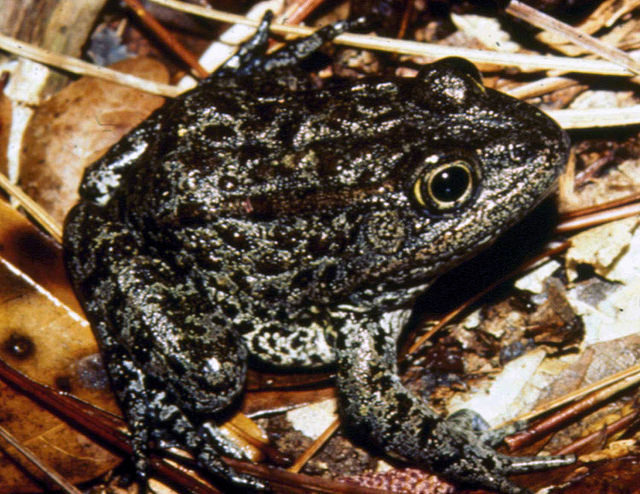Last week, the U.S. Fish and Wildlife Service announced that it had settled a lawsuit brought by 20 states against a 2016 regulation expanding the reach of the Endangered Species Act’s critical habitat provisions. In particular, the 2016 regulation made it easier for the agency to designate unoccupied and unsuitable lands as critical habitat for listed species. Under the settlement, the federal agency will revise the regulation, although the particulars of that revision remain to be seen.
That revision will almost certainly be shaped by the Supreme Court’s review of Weyerhaeuser v. US Fish and Wildlife Service, which presents the same legal issue: can the agency designate land that is not habitat as critical habitat based on speculation that it may someday be converted to habitat. [Disclaimer: I, along with my PLF colleagues, represent several landowners in the case.] That case concerns the designation of 5,000 acres of land in Louisiana as critical habitat for the dusky gopher frog, a species that doesn’t live there and couldn’t without substantial modification.
Response from the environmental community to both the settlement of the states’ case and the Supreme Court’s decision to review the “shy frog” case has been mixed. Several activists have mourned the decision as a dire threat to species while simultaneous dismissing the landowners’ concerns as overstated, claiming that the critical habitat designations will have no effect. Both can’t be true. Critical habitat designations can only benefit species if they burden property owners by preventing development. Otherwise, there’s no benefit to the species. This is a classic example of the Endangered Species Act’s conflict-driven approach to regulating species.
The situation is more complicated when the land in question is unoccupied and unsuitable for the species. In that case, the designation can impose significant burdens on property owners without any corresponding benefit to the species. In the dusky gopher frog case, for instance, the designation is anticipated to result in $30 million in additional regulatory burdens. Although the full impact of the designation will likely be spread across many years, it also has an immediate effect by reducing property value. Any potential purchaser would obviously take these burdens into account when buying land and would demand a significant discount on the price compared to identical land without the burden.
In the long run, such designations can both impose significant burdens on property owners and undermine recovery of the species.
The dusky gopher frog’s recovery, for instance, will require extensive efforts to create and manage habitat. Its ecosystem requires both intermittent ponds and regular wildfires. Over time, both have been reduced, leaving only small pockets of habitat. Growing the population depends on creating more habitat, which will require significant effort and ongoing maintenance.
A designation that imposes $34 million in regulatory costs for no conservation benefit is no way to foster the goodwill needed for landowners to improve habitat. Instead, it breeds resentment. Penalizing people for having lands that could be converted to habitat discourages the protection of such lands.
The agency’s revision of the regulations should take these incentive effects into account. Rather than merely repealing the regulation, it should affirmatively constrain the designation of unoccupied and unsuitable habitat to prevent such destructive designations going forward. Then it should get to work finding market-based solutions to incentivize property owners to create or restore habitat. Species like the dusky gopher frog are counting on such efforts.




